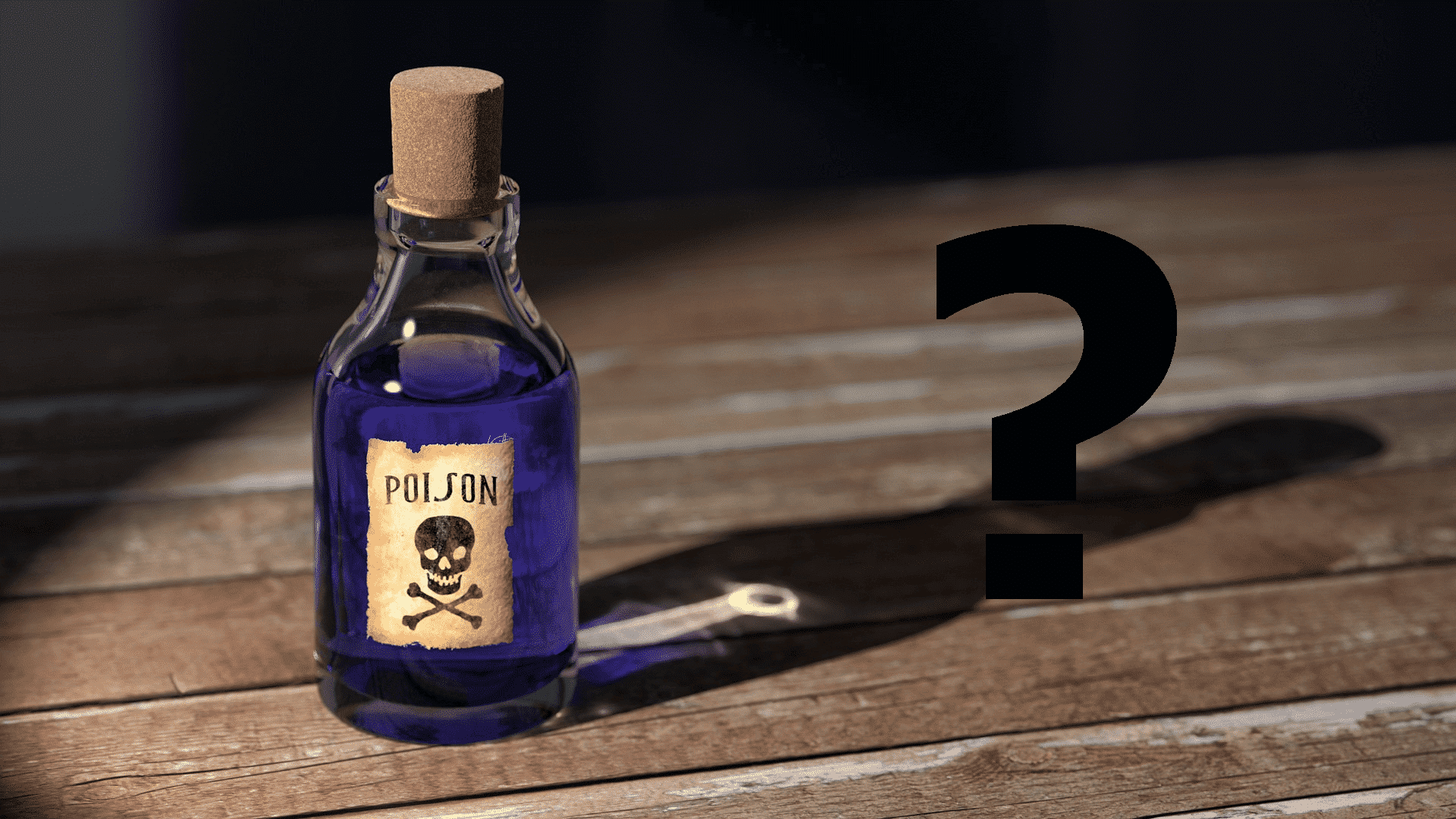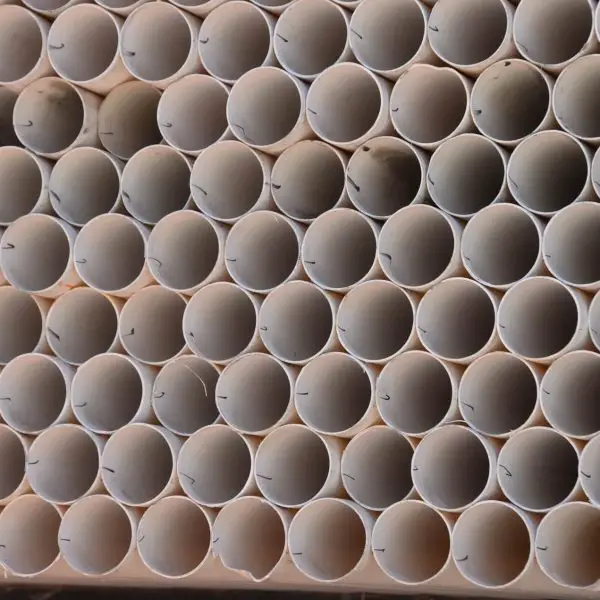If you pay attention to it, polyurethane is everywhere around us. Mattresses, brushes, memory foam pillows, insulation, and more common household items contain polyurethane.
Sometimes, we even use polyurethane adhesives for bigger projects, such as flooring or countertops. Since a lot of polyurethane is used for these projects, there are a lot of fumes produced by the adhesive, and you may have wondered are they safe to breathe or if the material is safe when in contact with food.
In this article, we will discuss the toxicity of polyurethane and whether it’s safe to use for your home improvement projects.
- Low VOC: Doesn't emmit dangerous fumes.
- GreenGuard certified: Safe to use indoors
- Performance: 3 times stronger than construction adhesives
Last update on 2025-01-24 / Affiliate links / Images from Amazon Product Advertising API
Is Polyurethane Toxic
This is the question we hear a lot of the time when people consider using polyurethane foam or adhesives. The answer is, it depends.
There are 3 main types of polyurethane that are made into even more chemical groups. Each one has different properties and can be or doesn’t have to be low VOC.
Manufacturers usually don’t specify what type of polyurethane their product is made of. There is sometimes more information online or on the packaging, but most of the time, this information isn’t available.
How can you know if the polyurethane is safe or not then? Well, the two most important indicators are whether the polyurethane product is low VOC and whether it is labeled as FDA-compliant or food-safe.
VOC stands for Volatile Organic Compounds and is a measure of how much vapor pressure a product has. A low VOC adhesive doesn’t produce dangerous fumes, and the vapors it does produce are generally safe to breathe and won’t make you sick.
This is the type of adhesive you should get, especially if you are using a lot of polyurethane for your project.
Polyurethane isn’t commonly food-safe, but there are some models out there that are. Those products explicitly state that they are FDA-compliant, and if they don’t, you should assume that the adhesive is not safe for direct contact with food.
For How Long Is Polyurethane Toxic
This is an excellent question. Polyurethane adhesives are only toxic for as long as they are active and have not been fully cured.
When they fully cure or reach their maximum strength (in around 24-48 hours), no more vapors are emitted.
You should only worry about the toxicity of the polyurethane for a short period of time while it’s still fresh. After that, no fumes will be produced and there is nothing to worry about.
The polyurethane foam, on the other hand, can get a bit tricky. The polyurethane that is used to create the foam isn’t toxic itself, but the additives sometimes make it not safe for inhalation.
Make sure that the foam you are using is FDA compliant if you are concerned about the toxicity. This is the only way to know for sure whether or not the polyurethane foam is safe.
What Polyurethane Adhesive Is Safe

The best polyurethane adhesive that is both safe and performs well is the Loctite PL Premium Polyurethane Construction Adhesive. It is the one we use and recommend for all indoor projects since it’s low VOC and GreenGuard certified for indoor use.
The fumes produced by this adhesive are much lower than what you would usually find in other polyurethane adhesives. It is perfectly safe to inhale and won’t give you a headache or make you sick.
It is as much as 3 times stronger than regular construction adhesives and is almost as strong as epoxy.
You can grab this adhesive on Amazon through the link below.
Conclusion
Polyurethane is one of the most widely used adhesives today. It is heavily regulated to ensure that it is safe to use indoors.
Still, you should look for low VOC models if the toxicity concerns you.
If you are concerned about whether the polyurethane foam is safe, make sure it is FDA-compliant, and you are good to go.
Read more







